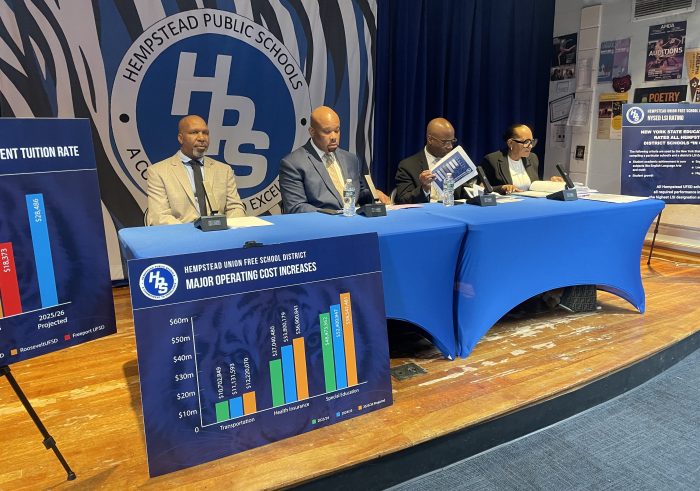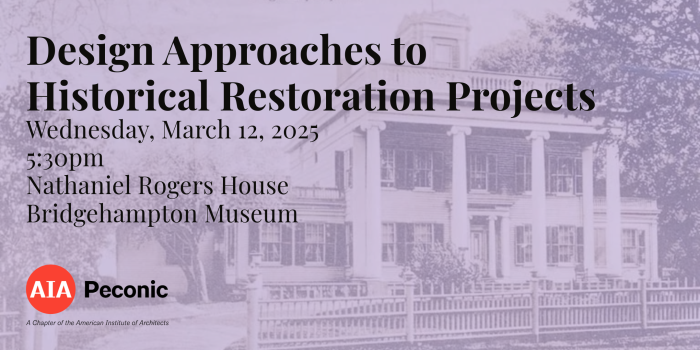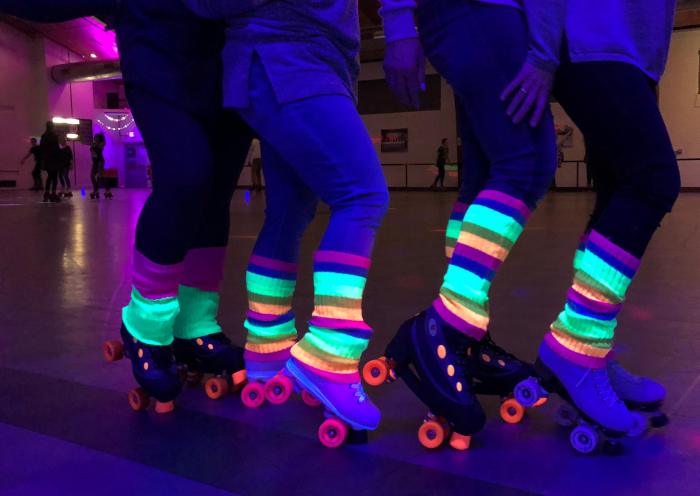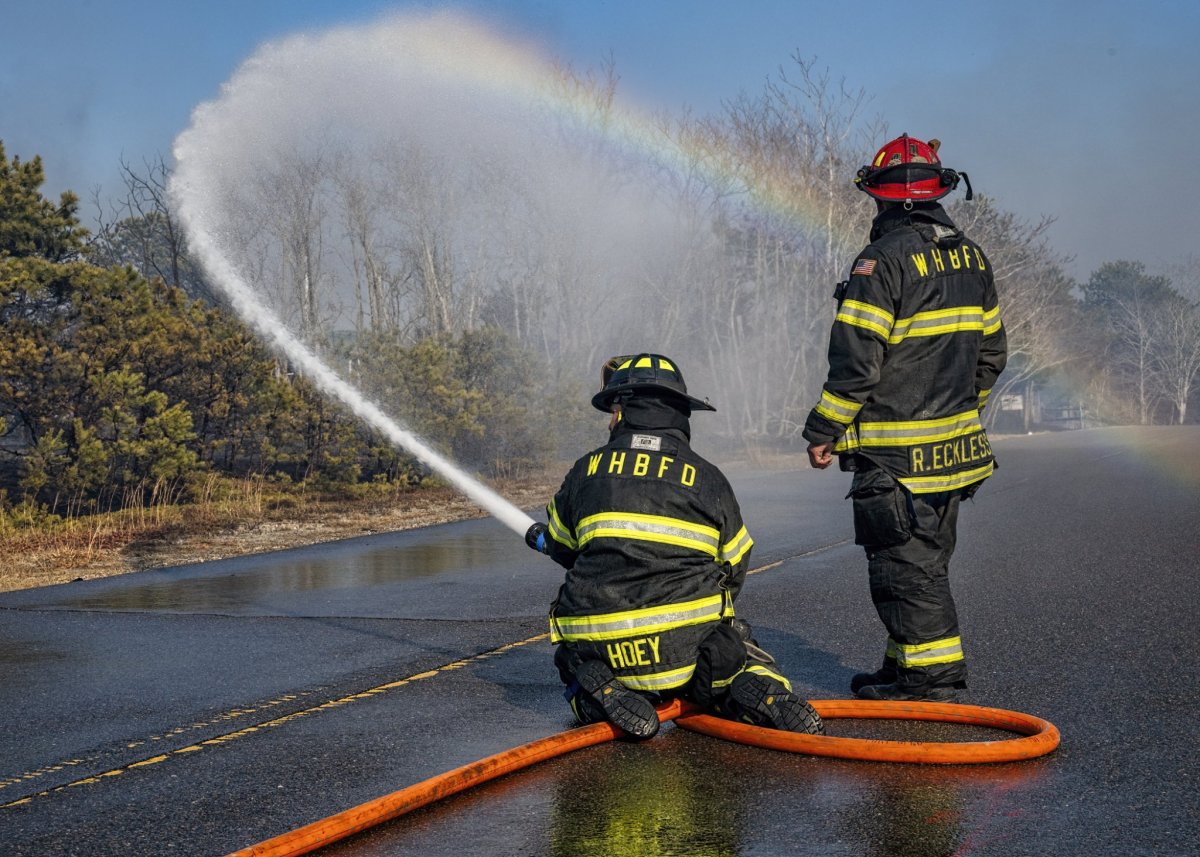There is more to the announcement at the Westbury LIRR Station by Governor Kathy Hochul, MTA Chairman Janno Lieber and LIRR President Catherine Renaldi that the $2.6 billion Main Line Third Track has been completed. It is true that this will bring a number of benefits. Safety for residents and commuters will improve with the elimination of eight major street level grade crossings. When trains suffer from mechanical difficulties, there will be new options to maintain service and minimize disruptions. Rush hour capacity will increase, providing additional services including reverse peak commuting.
However, they also said that there was still outstanding work remaining. At the Westbury Station, this includes renovation of the station building, both pedestrian overpasses, some elevators and the south parking lot. There is remaining work at both other stations and landscaping that will take until April 2023. There is also completion of contract punch list items (to insure the contractors built the asset to meet design and engineering contract specifications), receipt of all asset maintenance manuals, payments for outstanding bills, and release of contract retainage to contractors. Only then, is the project really complete
In 2005, the project was following the federal National Environmental Protection Act (NEPA) with the intention of applying to the Federal Transit Administration for construction funding. In response to both community and political opposition from local elected officials, the project was canceled by that generation’s MTA & LIRR Management team.
In 2016. the Third Track Environmental Impact Statement (EIS) to support the project was in compliance with the State Environmental Quality Review Act (SEQUA). Without compliance with NEPA, the MTA forfeited the opportunity to access FTA or Federal Highway Administration funding.
In January 2018, the MTA and LIRR awarded a $1.8 billion contract to the joint venture 3rd Track Constructors. An additional contract, for $99.9 million, was awarded to an Arup-Jacobs joint venture to assist the LIRR in project management. Funding primarily to pay for this came from a $3 billion MTA 2015-19 Five-Year Capital Program Amendment. This action increased the MTA agency budget from $29 to $32 billion. They are paid for by adding $1.6 billion in long-term MTA debt. Hochul, Lieber & Renaldi claim that the project is $100 million under budget. This savings doesn’t include millions in annual debt service payments to cover the cost of borrowing for project financing. If the $100 million in savings are real, do they remain with the LIRR to pay for other capital improvement projects?
Since the 1990s, estimates for construction grew from $600 million to $1.5 billion in 2016, $2 billion in 2017 and $2.6 billion in 2018. To pay for the project, $1.95 billion came from the MTA $32 billion 2015-19 Five Year Capital Plan. Another $600 million comes from the $51 billion 2020-24 Five-Year Capital Plan.
Amtrak is spending millions on planning initiatives to support future plans of a new $105 billion High Speed Corridor Service between Washington and Boston. It would traverse Long Island via the Main Line Third Track with promised speeds up to 200 miles per hour. I don’t believe that construction of the Main Line Third Track was designed to accommodate speeds of up to 200 miles per hour.
In our new COVID-19 world, the MTA needs to re-evaluate previous anticipated future ridership growth projections for LIRR investments such as Main Line Third Track. How many years will it take before returning to pre COVID-19 ridership numbers? Only 70 percent of pre COVID-19 ridership has returned to date. The MTA’s own independent consultant predicted that a return to 100 percent pre-COVID-19 ridership may not occur until 2030. Many continue to work from home part or full time rather than ride the LIRR. What is the basis under our new post COVID-19 world to justify the promised new ridership especially reverse commuters? Did the MTA & LIRR ever update their ridership modeling to validate promised increased ridership? More people will continue telecommuting from home part or full time. There will be fewer face to face meetings and conferences, with increased usage of Zoom and other teleconference technologies. Manhattan-based corporations continue downsizing existing office space. Others are relocating employees to suburban offices closer to home. Was investing $2.6 billion for Main Line Third Track worth it? The verdict is still out. Time will tell over the coming years if commuters and taxpayers will see all of the benefits promised by elected officials, MTA and LIRR presidents.
Larry Penner is a transportation advocate, historian and writer, who previously worked for the Federal Transit Administration Region 2 New York Office. This included the development, review, approval and oversight for billions in capital projects and programs for the MTA, NYC Transit, Long Island Rail Road, Metro North Rail Road, MTA Bus along with 30 other transit agencies in NY & NJ.
































